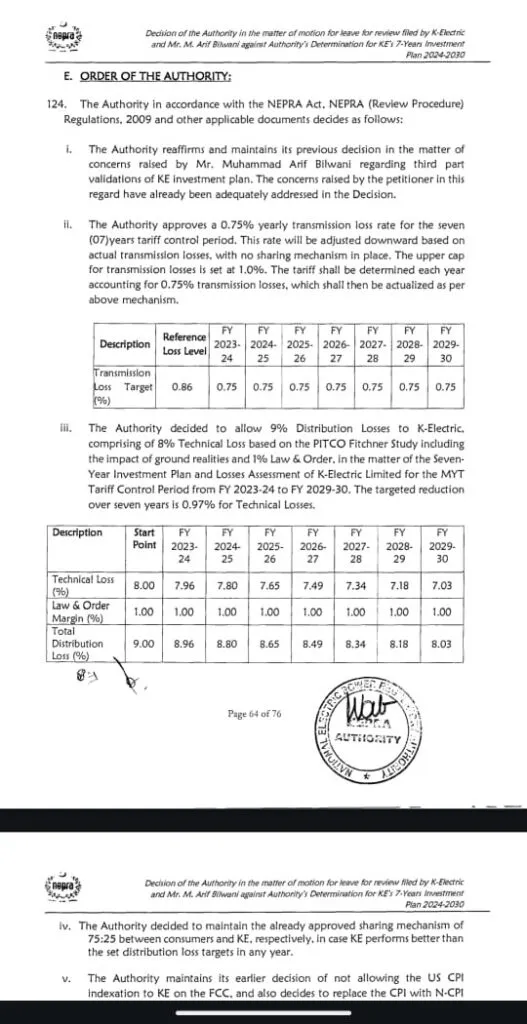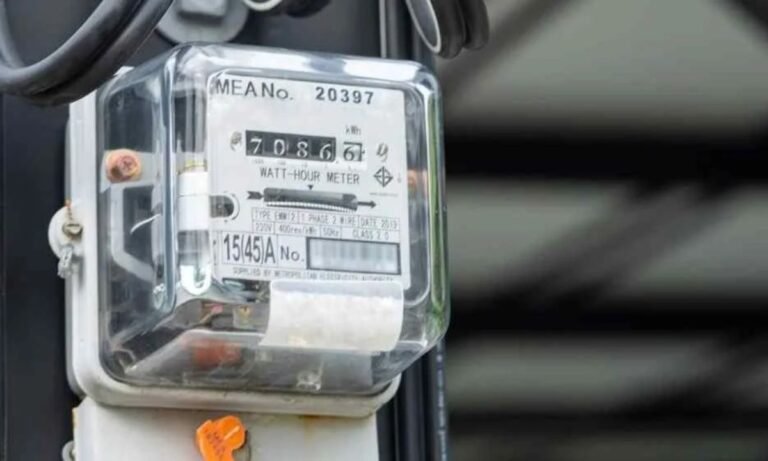Nepra Cuts KE Tariff Up to Rs 7 Per unit
National Electric Power Regulatory Authority (Nepra) has reduced the electricity rate up to Rs 7 per unit for KE consumers.
In a decision issued here, the power regulator has reduced the power tariff from Rs 39 to Rs 32 per unit under multiyear tariff that would hit the company.
The power regulator maintains earlier decisions while setting new efficiency benchmarks for KE’s seven-year investment plan.
Read More: How to Download and Pay KE Duplicate Bill Online
The regulator approved an annual transmission loss target of 0.75% for each year of the seven-year control period, starting from a reference level of 0.86% in FY2023–24.
The rate will be adjusted downward based on actual performance, with an upper ceiling of 1.0% for losses. The tariff will be recalibrated each year according to this benchmark, ensuring any gains from improved efficiency are reflected in future adjustments.
In addition to transmission losses, NEPRA also approved a total distribution loss target of 9% for KE, which includes 8% technical losses and 1% allowance for law and order challenges based on the PITCO Fitchner study. This benchmark accounts for real-world operational factors within KE’s distribution network.

The Authority’s plan projects a gradual reduction in distribution losses from 9% in FY2023–24 to 8.03% by FY2029–30, indicating a targeted improvement of nearly one percentage point over the control period. Within this, technical losses are expected to decline from 8% to 7.03%, while the law and order margin remains constant at 1%. The approved trajectory reflects NEPRA’s emphasis on long-term efficiency gains through infrastructure investment and loss reduction initiatives.
Under the new framework, NEPRA has also retained the existing 75:25 sharing mechanism between consumers and KE for any over-performance relative to the set loss targets. This means that if KE achieves lower-than-approved losses, 75% of the resulting financial benefit will accrue to consumers, while KE will retain the remaining 25% as an incentive.
The Authority further maintained its earlier decision prohibiting the use of the US Consumer Price Index (CPI) for indexation of KE’s Fuel Cost Component (FCC). Instead, it directed that the National CPI (N-CPI) be used to align the adjustment mechanism with domestic inflation trends, ensuring greater consistency in pricing and regulatory transparency.





